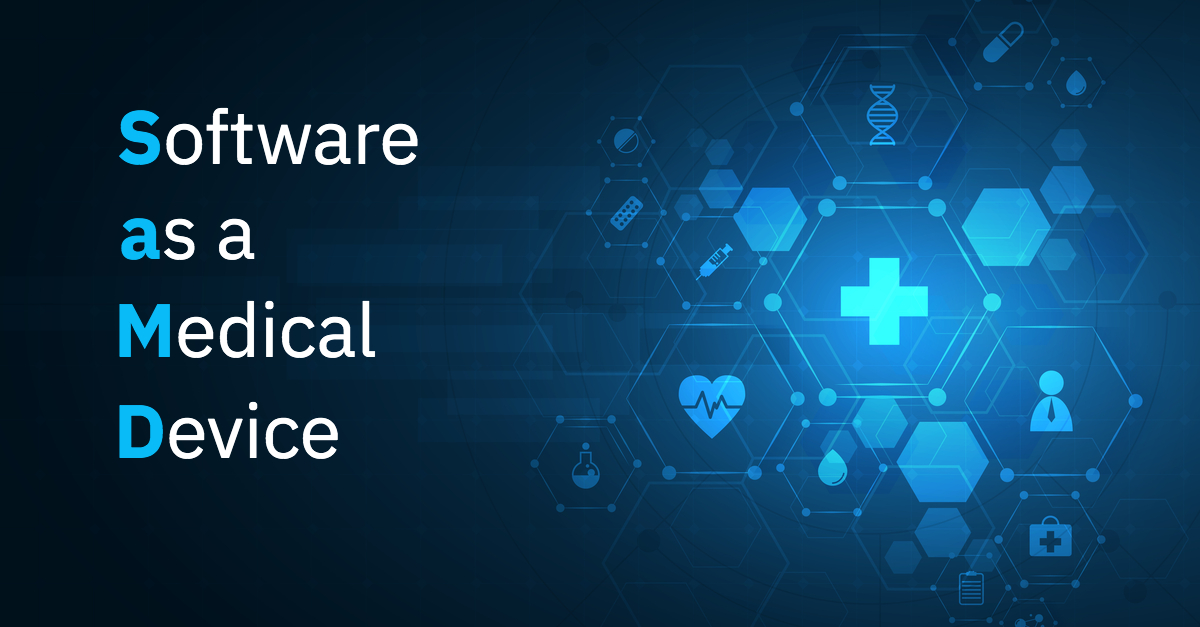Medical Device Regulation (EU MDR) 2017/745
What is EU MDR?
The European Union Medical Device Regulation (EU MDR) 2017/745 was published in 2017 by the European Parliament and the European Union Council. The EU MDR regulations are designed to ensure a high level of safety and quality for medical devices manufactured in or supplied to European Union member countries.
The regulation was introduced to address a number of weaknesses in the existing regulations (the Medical Device Directives, or MDD).
The current European MDR is less focused on the pre-approval stage of medical device production than its predecessor, the MDD, and instead supports a life-cycle approach to medical device regulation.
WHY DID THE MDD NEED AN UPDATE?
While the MDDs served their objective well and contributed positively to the overall growth of the European medical device industry over the past 30 years but their limitations have made them rather ineffective in today’s MedTech world.
The limitations of MDD are –
1.Out-of-date regulations: The MDD failed to keep up with technological advancements (and the regulatory challenges that come with them) in the medical device industry, especially in the area of hybrid devices and medical software.
2.Inconsistencies: Since the MDD were guidelines rather than rules, they did not supersede individual country legislation, resulting in some variance in how they were enforced across member states.
3.Notified bodies received insufficient scrutiny: Notified bodies (NBs) concentrated on one-time/premarket reviews and approval, acting as business partners for manufacturers and concentrating on approval rather than device safety and quality.
4.Focus on approval, not postmarket results: Device performance was not monitored in a particularly useful or open way following approval under the MDD, and continued clinical evaluation was not needed.
5.Narrowly oriented responsibility: The initial manufacturer was held responsible for device problems and delays, but other firms in the manufacturing/distribution chain were not held accountable, resulting in a lack of accountability for other parties involved in the supply of medical devices.
Major Changes in the EU-MDR
| S No. | What has Changed? |
|---|---|
| 1. | Broader definition |
| 2. | New classification |
| 3. | Unique Device Identification (UDI) |
| 4. | Labeling, packaging & instructions language |
| 5. | Legacy devices |
| 6. | Clinical evaluation |
| 7. | Post-market surveillance and risk management |
| 8. | Data transparency and accessibility |
1.MDR is four times longer than the MDD and has five more annexes.
2.Companies will need to rationalise their portfolios and conduct a global impact review in order to make the required changes to stay compliant due to significant changes in the new law’s wording.
3.General Safety and Performance Requirements, Annex I, outlines new conditions that must be addressed for the majority of legacy devices (CE marked under the MDD). Existing goods must be recertified in order to comply with the new rules.
4.Unique Device Identification (UDI) will be needed on all labels in order to help monitor devices in the economic operator supply chain.
5.Many organisations would be required to update clinical reports, technical documents, and labelling as a result of the new regulations.
6.The concept of a medical device will be expanded to include previously unregulated non-medical and cosmetic devices. Cleaning, disinfection, and sterilisation materials, as well as contact lenses, liposuction equipment, and epilation lasers, are examples.
7.To prove protection and performance statements, manufacturers will need to produce and provide more in-depth clinical data, including stricter equivalency requirements.
8.All accidents, injuries, and deaths must be reported to an EU portal, which will centralise relevant data and provide patients with more safety-related information. The reporting period for accidents that did not result in death or significant health deterioration has been reduced from 30 days to 15 days.
9.Quality assurance, risk control, and postmarket priorities will all need to be revisited by companies in transition. To re-implement in compliance with new standards, it will take careful analysis, preparation, and upgrading.
10.Many medical devices have been reclassified to a higher risk category, and reusable surgical devices have been given a new classification that requires notified body oversight.
EU MDR effects for the Medical Device Industry
The effect of this regulation may have a significant impact on medical device manufacturers’ activities, from a commercial, R&D, operation, and organisational standpoint, the EU MDR will be huge, also the composition of their current and future portfolios will be effected. Compliance would almost certainly come at a high price!!
The EU MDR can eventually force businesses to consider whether a product’s return on investment is sufficient to make it viable. Because of the effort required to implement the reforms, businesses will be forced to sell goods, resulting in increased merger and acquisition activity in the industry. If the conditions are not met within the specified timeframes, a product may be withdrawn.
Businesses must move quickly to obtain stakeholder support, plan their organisations, and begin implementing changes.
Key Challenges –
1.Time and human resources would be needed to adapt to updates for current devices.
2.If a partner wishes to stop working in the EU, it can have an effect on the supply chain.
3.The cost of remediation could push up the price of devices on the market.
4.Increased clinical data standards places additional responsibility on organisations that have not historically faced such demands.
5.The cost of remediation must be measured against sales, which may lead to product removal from certain markets.
6.Increased clinical data standards places additional responsibility on organisations that have not historically faced such demands.
7.The cost of remediation must be measured against sales, which may lead to product removal from certain markets.
EU MDR Timelines
The new EU MDR began a transition period in May 2017. Some important deadlines you should focus on –
May 2021 – MDR date of application (Revised due Covid 19 Pandemic).
May 2022 – EC certificates of conformity issued before May 27, 2017 expire.
May 2024 – Required for all EC certificates issued 5 years from the issue/renewal date or 4 years from the MDR date of application (May 27, 2021), whichever comes first.
May 2025 – Devices certified under the MDD can no longer be sold or distributed.
| Article | Article Title | Deadline |
| 123.2 | Date of application | 26 May 2021 |
| 120.1 | The deadline for Notified Bodies to issue MDD/AIMDD certificates | 25 May 2021 |
| 120.2 | All MDD/AIMDD certificates will become invalid on this date | 26 May 2024 |
| 120.3 | The date on which the MDR’s transitional provisions on PMS, as well as the registration of economic operators and goods for all devices, will go into effect | 26 May 2021 |
| 120.4 | The last day for the sell-off period | 26 May 2025 |
The new EU MDR was theoretically accepted by medical device manufacturers as soon as it entered into force in May 2017. In practice, however, the new infrastructure needed by the EU MDR, such as the new EUDAMED database, new registration and reporting procedures, and so on, will require a few years to be implemented by European authorities, necessitating the implementation of transitional arrangements.
Conclusion
The European MDR is a preview of how the regulatory landscape for medical devices will evolve over the next decade. Greater standardisation and stronger post-market surveillance standards, as well as process-oriented risk management and a life-cycle approach to system management, are also being pushed by the recently released ISO 13485:2016 and the MDSAP software.
Compliance today, with the help of KN Consulting and Services will place your medical company for long-term industry growth and unprecedented success in achieving regulatory compliance targets in important markets around the world.
Start your transition from MDD to MDR with us at KN CONSULTING AND SERVICES.
KN CONSULTING AND SERVICES is a well-oiled marvel in the field of Medical devices regulatory consulting. We can provide you with flexible and detailed planning and consulting services suiting to your needs.
OUR EU MDR/ EU IVDR Transition Services Include:
– Transition plan for the MDR compliance
-Product Portfolio and Current Certificate Assessments
-QMS System Gap Assessment
-Technical Documentation Gap Assessment
-Clinical Evidence or Performance Evaluation reports
-Establish working groups to setup UDI numeration strategy
-Remediation and Implementation of EU MDR/ EU IVDR Compliance Plan
-Notified Body Submissions/Reviews
Who can I contact for further information?
KN Consulting and Services is accepting applications for conformity assessment of medical devices under the MDR. We are here to help you achieve smooth transition to MDR so talk to us early in the planning stage. Also you can book a 1 Hour of FREE Subject Matter Consultation.
Call us on +1 (949) 245-5607




